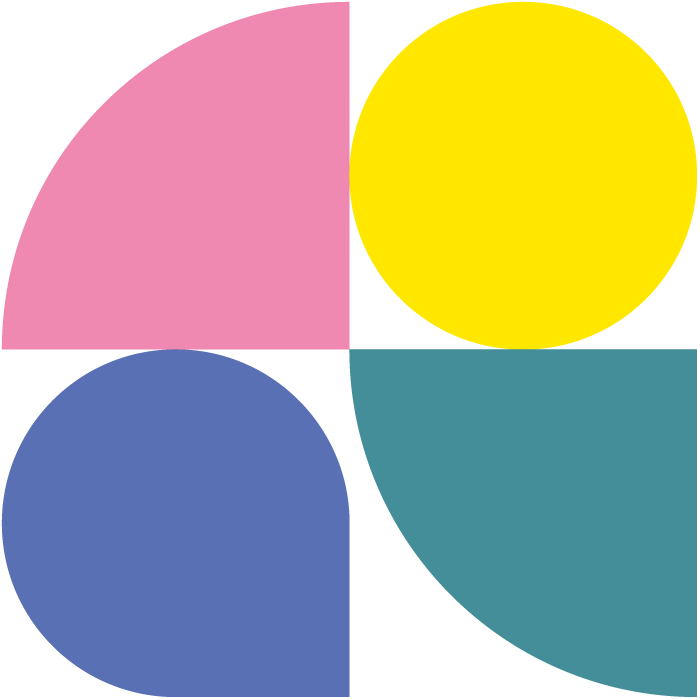Reverse Printed Acrylic: The Glass-Like Solution with Less Fuss
In the world of interior design and architectural elements, glass has long been a favored material for its sleek, modern aesthetic and ability to create a sense of openness. However, glass comes with its own set of challenges, including weight, fragility, and installation complexities. Enter reverse printed acrylic: a versatile, cost-effective alternative that offers the sophisticated look of glass with significantly less hassle. This article explores the benefits and applications of reverse printed acrylic, highlighting why it’s becoming a popular choice for designers and architects alike.
The Aesthetic Appeal of Glass, Without the Drawbacks
Reverse printed acrylic mimics the elegant appearance of glass, providing a high-gloss, clear surface that can be customized with vibrant graphics, patterns, or solid colors. This printing technique involves printing on the back side of the acrylic sheet, which protects the printed design from scratches and environmental wear. The result is a durable, visually appealing surface that closely resembles glass.
The visual clarity and high gloss of acrylic make it nearly indistinguishable from glass, creating the same modern and refined look. Whether used for wall panels, partitions, signage, or decorative elements, reverse printed acrylic can achieve a luxurious finish that enhances any space.
Durability and Safety
One of the primary advantages of acrylic over glass is its durability. Acrylic is significantly more impact-resistant than glass, making it a safer option for high-traffic areas or environments where breakage is a concern. In settings such as offices, schools, or public buildings, the use of acrylic reduces the risk of injury from shattered glass, providing peace of mind without compromising on aesthetics.
Additionally, acrylic is lighter than glass, making it easier to handle, transport, and install. This lightweight nature not only simplifies the installation process but also reduces structural load requirements, which can be particularly beneficial in retrofit projects or when working with older buildings.
Cost-Effectiveness
Reverse printed acrylic offers a cost-effective alternative to glass, both in terms of material costs and installation expenses. Acrylic sheets are generally less expensive than glass panels, and their lighter weight means reduced shipping and handling costs. Furthermore, the ease of installation translates to lower labor costs and faster project completion times.
For budget-conscious projects that still demand high visual impact, reverse printed acrylic provides an ideal solution, delivering premium aesthetics without the premium price tag.
Versatility in Design
The versatility of reverse printed acrylic is another compelling advantage. Designers and architects can achieve a wide range of effects, from intricate patterns and detailed graphics to solid colors and gradients. The ability to print on the reverse side of the acrylic sheet ensures that the design is protected, maintaining its vibrant appearance over time.
This customization capability allows for creative freedom in various applications, including office partitions, lobby feature walls, kitchen backsplashes, and retail displays. The result is a personalized, high-end look tailored to the specific design vision of any project.
Easy Maintenance
Maintenance is another area where reverse printed acrylic outshines glass. Acrylic is easier to clean and less prone to smudging and fingerprints. Regular cleaning with non-abrasive materials keeps acrylic surfaces looking pristine without the need for special cleaners or treatments. This ease of maintenance is particularly advantageous in commercial spaces where cleanliness and appearance are critical.
Environmental Considerations
Acrylic is also a more environmentally friendly option compared to traditional glass. It requires less energy to produce, and many acrylic products are recyclable. By choosing acrylic, designers and architects can contribute to more sustainable building practices without sacrificing quality or aesthetic appeal.
Conclusion
Reverse printed acrylic offers an innovative and practical alternative to glass, providing the same elegant, modern look with added benefits of durability, safety, cost-effectiveness, and versatility. Its ease of maintenance and environmental advantages further enhance its appeal. As design trends continue to evolve, reverse printed acrylic stands out as a superior choice for achieving a glass-like aesthetic with much less fuss, making it a go-to material for contemporary interiors and architectural features.

